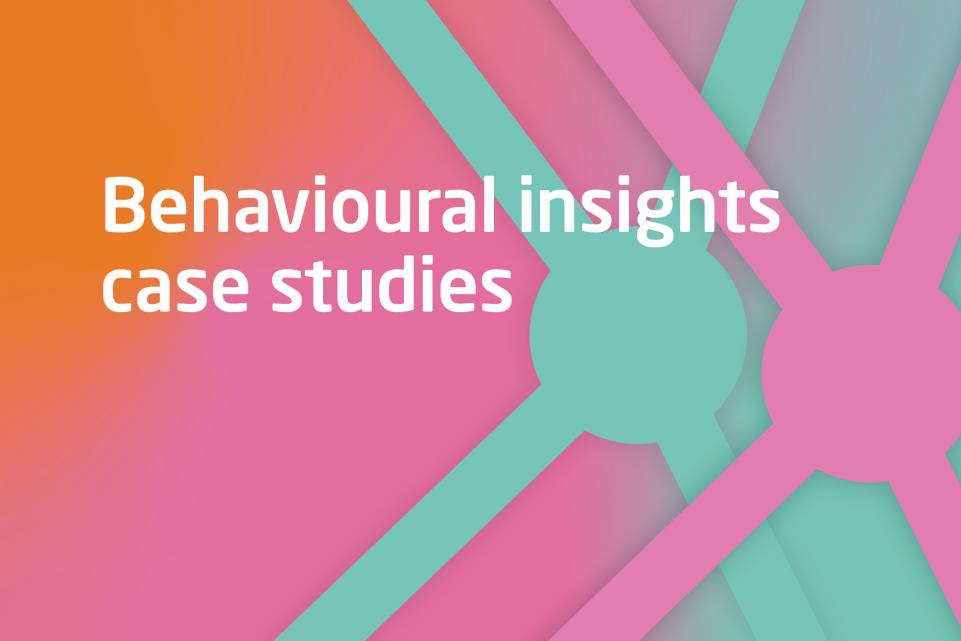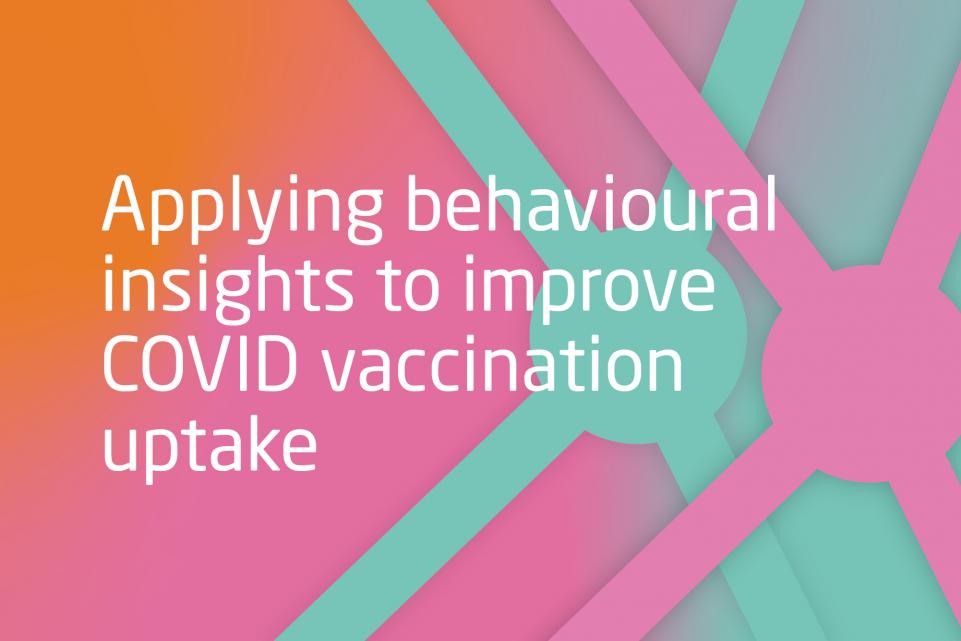The primary route of contacting residents for vaccinations is through GP registrations.
There could be populations in your region who are not registered. This could be for a range of reasons including moving house, complex immigration situations, being homeless, or transient working.
Ensuring these groups can access vaccines and that they are communicated with will help reduce transmission rates.
Two routes forward
We see two routes to how councils could support identifying and engaging with these groups.
- 1. Data led interventions - sharing and matching resident and PHE data. Matching council resident data with GP registrations can help identify discrepancies. This data could then be used to target residents to help either update their records, register with GPs or obtain vaccines. If a definitive list was arranged, communications could be developed based on 2. behavioural principles or even incentivising residents to obtain a vaccine.
- 2. Reducing barriers to vaccines - such as registration or attending clinics. Bringing vaccine provision to transient groups, or within settings where people congregate could equally increase the vaccine take up. These would need to be located in specific locations and be championed by trusted local messengers.
Featured pages
Three-step guide to encourage COVID-19 vaccinations
Working with The Behaviouralist we have developed a three-step guide to help councils.

COVID-19: Behavioural insights case studies
A series of case studies showing how councils are using behaviour change techniques to increase vaccine uptake and COVID-19 regulation adherence.

Applying behavioural insights to improve COVID vaccination uptake: a guide for councils
This publication focuses on the work councils can undertake to improve vaccine uptake.

